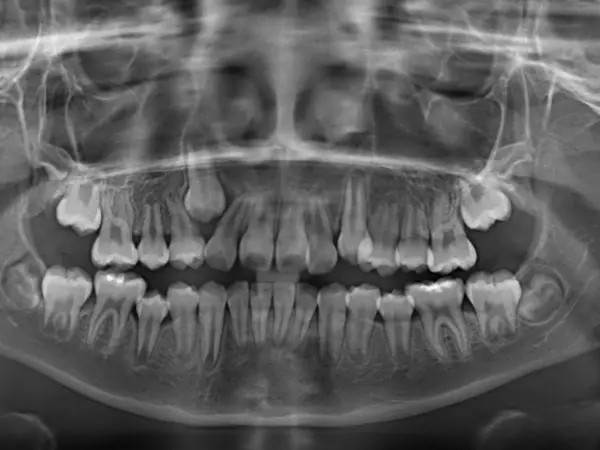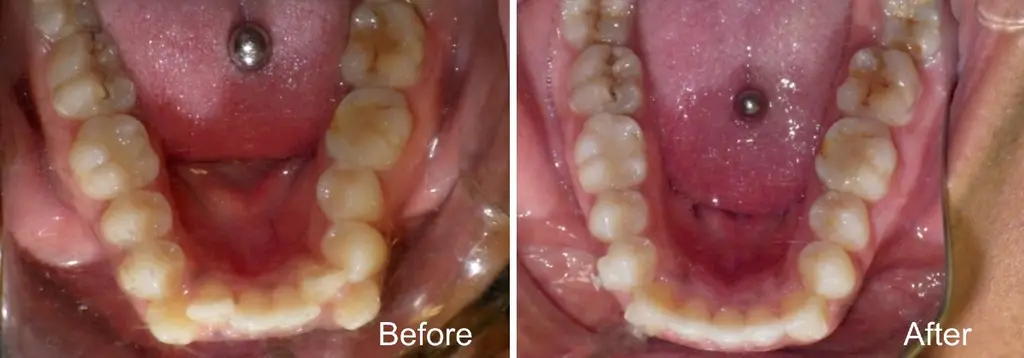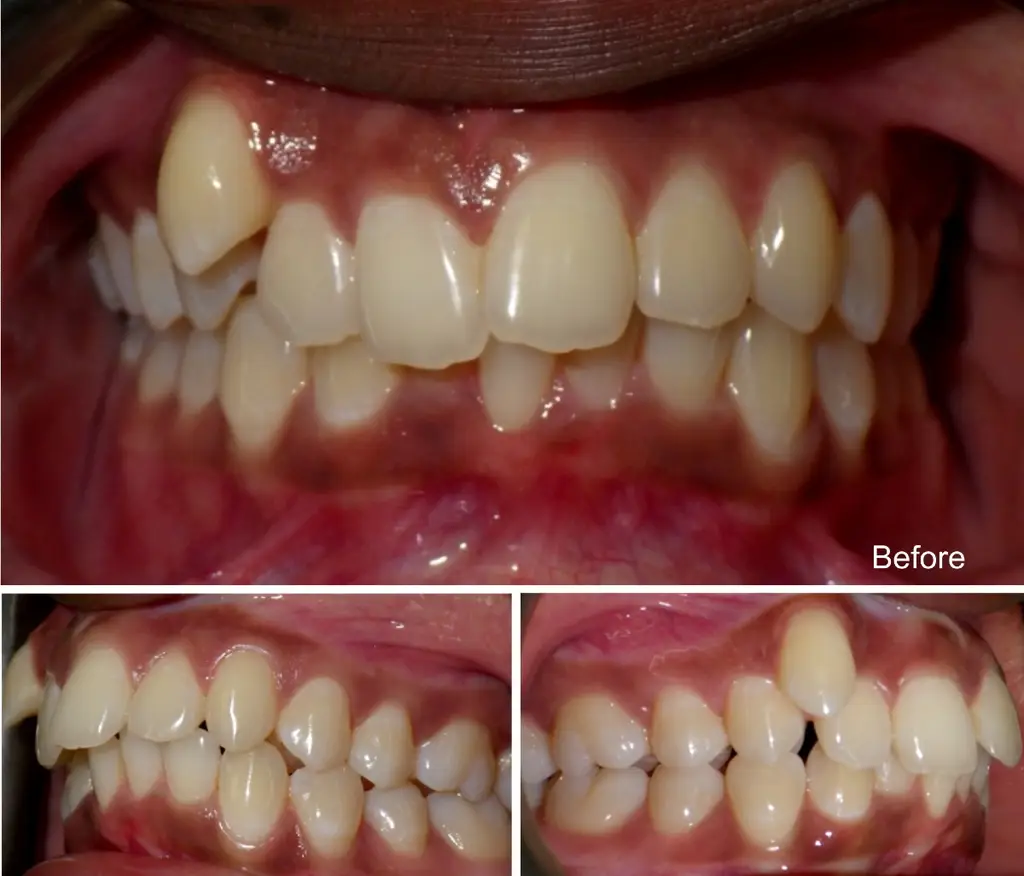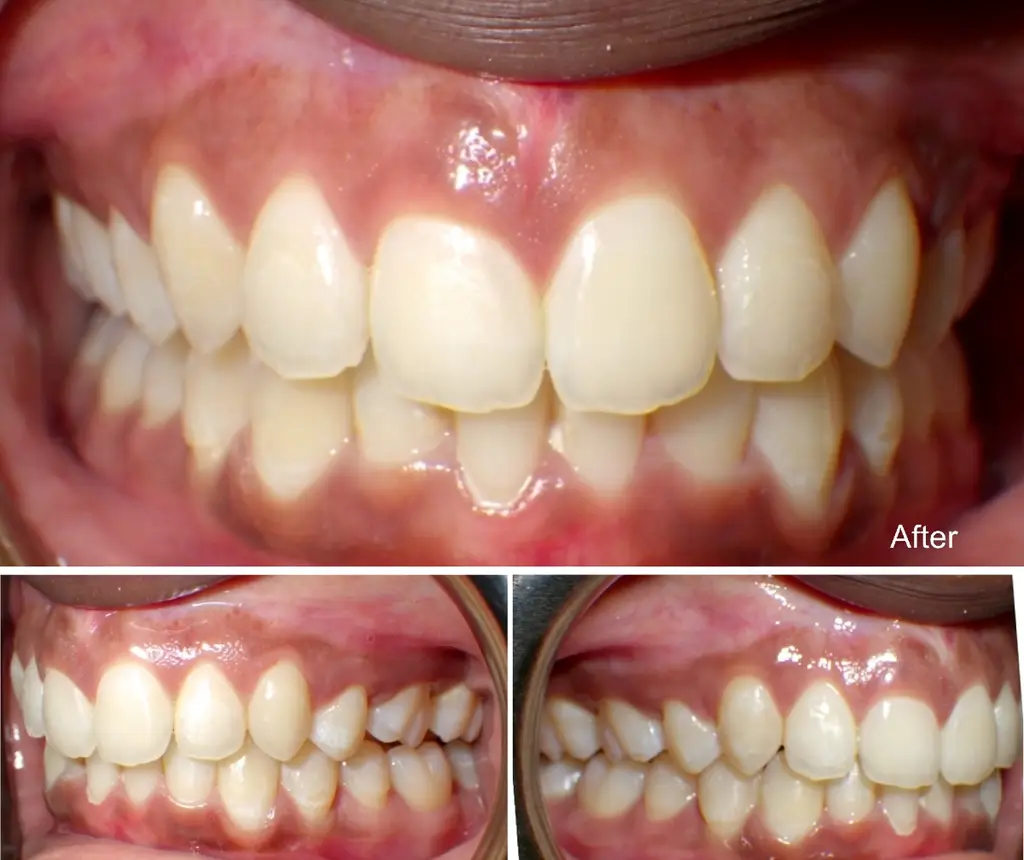
What is a Tooth Extraction? Why Do I Need One? Treatment Options and More
For certain orthodontic cases, tooth extraction – or pulling out teeth to remove them – is necessary to achieve the best results, with straight teeth and a healthy smile.
Pulling teeth is only done if absolutely necessary: your orthodontist will consider all options to achieve a healthy smile before recommending an extraction. For those with extra teeth or too much crowding to fit all the teeth, extraction is an extremely safe and effective way to help align the teeth properly.
Getting teeth extracted can make people nervous. With careful supervision from an experienced orthodontist and an expert extraction procedure from a qualified dentist or oral surgeon, your extraction experience will be comfortable and effective and allow you to achieve the healthy smile you deserve.
This guide will inform you of everything you need to know about dental extractions before or during braces or Invisalign orthodontic treatment.



